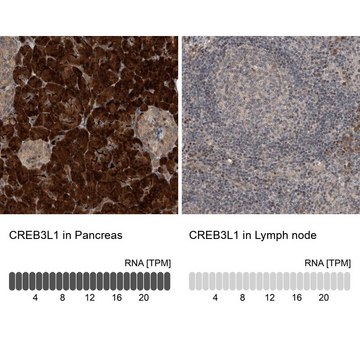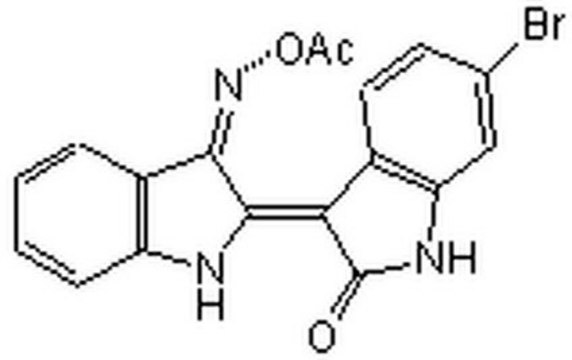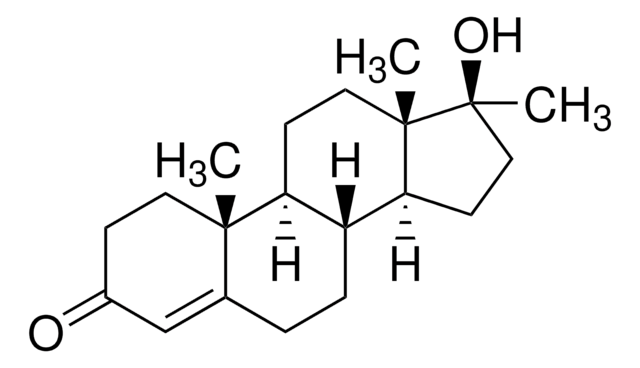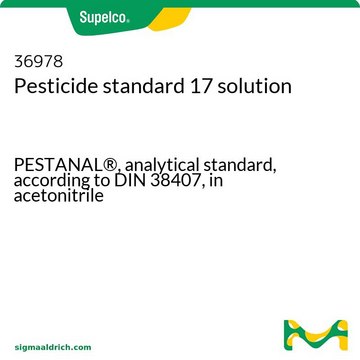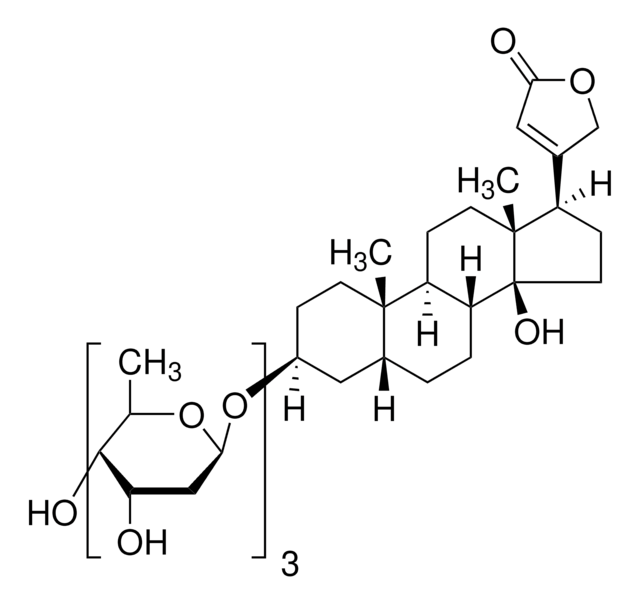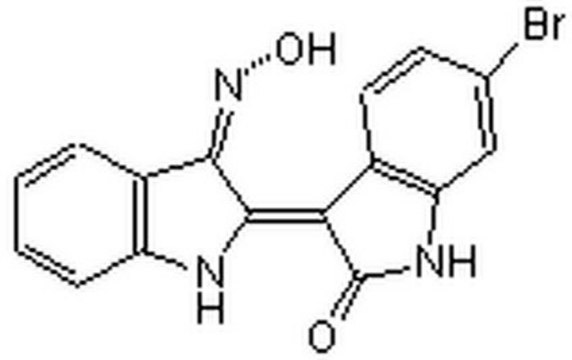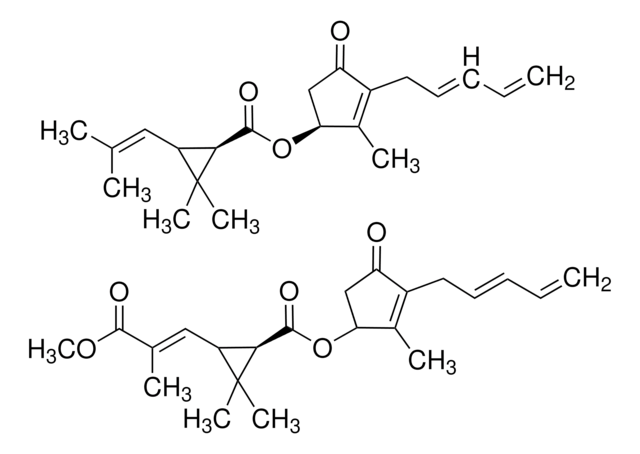MABE1017
Anti-OASIS/CREB3L1 Antibody, clone 44C7
clone 44C7, from mouse
Synonym(s):
Cyclic AMP-responsive element-binding protein 3-like protein 1, cAMP-responsive element-binding protein 3-like protein 1, Old astrocyte specifically-induced substance, OASIS, Processed cyclic AMP-responsive element-binding protein 3-like protein 1, OASIS
About This Item
Recommended Products
biological source
mouse
Quality Level
antibody form
purified immunoglobulin
antibody product type
primary antibodies
clone
44C7, monoclonal
species reactivity
mouse
technique(s)
western blot: suitable
isotype
IgG1κ
NCBI accession no.
UniProt accession no.
shipped in
wet ice
target post-translational modification
unmodified
Gene Information
mouse ... Creb3L1(26427)
General description
Specificity
Immunogen
Application
Epigenetics & Nuclear Function
Nuclear Receptors
Western Blotting Analysis: A representative lot detected a higher OASIS expression level in Hrd1-/- than in wild-type MEFs. A more elevated OASIS level was also detected in osteoblasts differentiated from Hrd1-/- than from wild-type MEFs following bone morphogenetic protein 2 (BMP2) treatment (Kondo, S., et al. (2012). Cell Death Differ. 19(12):1939-1949).
Quality
Western Blotting Analysis: 2.0 µg/mL of this antibody detected OASIS/CREB3L1 in 10 µg of MC3T3-E1 mouse osteoblastic cell lysate.
Target description
Physical form
Storage and Stability
Other Notes
Disclaimer
Not finding the right product?
Try our Product Selector Tool.
Storage Class Code
12 - Non Combustible Liquids
WGK
WGK 1
Flash Point(F)
Not applicable
Flash Point(C)
Not applicable
Regulatory Information
Certificates of Analysis (COA)
Search for Certificates of Analysis (COA) by entering the products Lot/Batch Number. Lot and Batch Numbers can be found on a product’s label following the words ‘Lot’ or ‘Batch’.
Already Own This Product?
Find documentation for the products that you have recently purchased in the Document Library.
Our team of scientists has experience in all areas of research including Life Science, Material Science, Chemical Synthesis, Chromatography, Analytical and many others.
Contact Technical Service